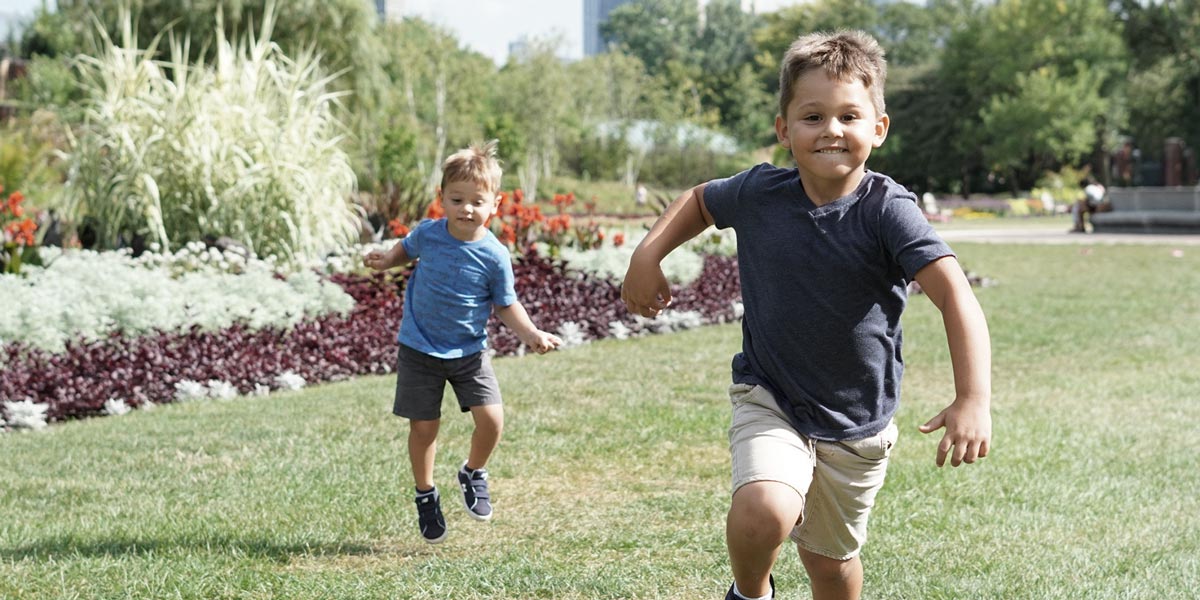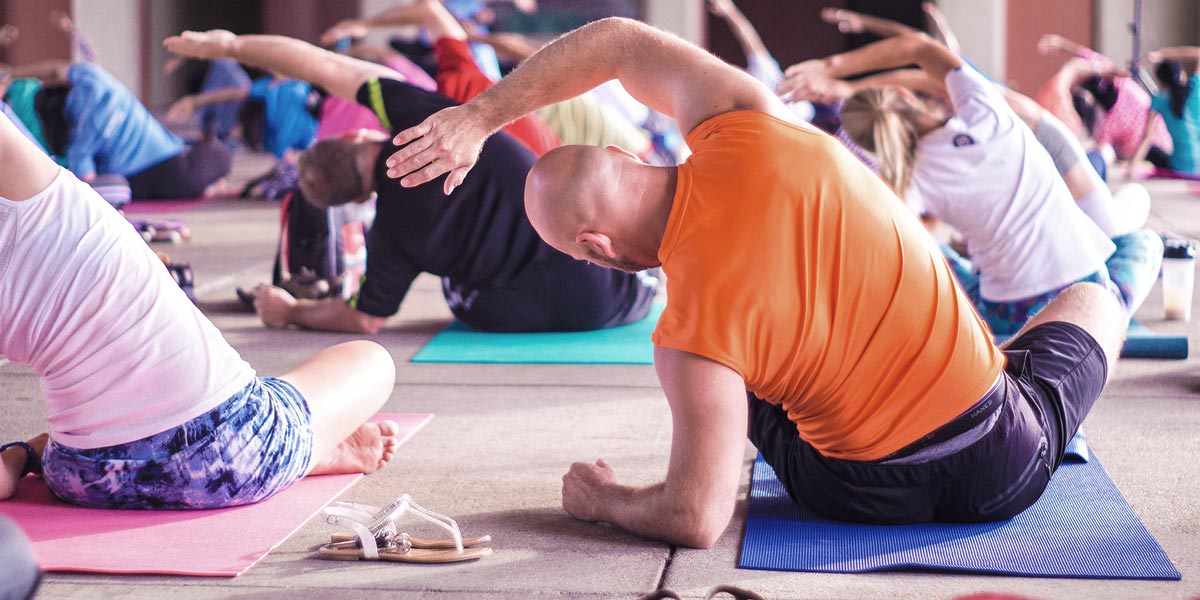I want to preface this blog post by stating I have a huge bias in favor of exercise. As a physical therapist, I get to use this amazing tool every day to guide others to their most robust state. Yes, it takes some training to know what is safe and what is not for someone that is injured or just had surgery, but for those who are healthy, this can be a lifestyle that pays dividends.
A Little Goes A Long Way
The medical profession has known for years that physical activity, even a little bit, can drastically change a patient’s health risks. About $117 billion in annual health care costs and about 10 percent of premature mortality are associated with inadequate physical activity. Strong evidence demonstrates numerous health benefits for children and adults.
Children under the age of 17 can benefit from improved bone health, weight status, cardiorespiratory and cardiometabolic status, cognition and reduced risk of depression.

Adults and older adults can benefit from physical activity in numerous ways, as well. Physical activity in adults lowers the risk of all-cause mortality, hypertension, type 2 diabetes, cardiovascular disease, cancers, dementia, anxiety, depression, and falls. In addition, physical activity improves sleep quality, bone health, weight management, cognition, and general quality of life.
Your Body and Mind Will Thank You
Improved physical function in older adults reduces the risk of falls and fall-related injuries and contributes to their ability to maintain independence. It is also true for young and middle-aged adults, as improved physical function helps them more easily accomplish the tasks of daily living, such as climbing stairs or carrying groceries.

In addition to improving physical function, physical activity may improve cognitive function among youth, adults and older adults. Aspects of cognitive function that may be improved include memory, attention, executive function (the ability to plan and organize; monitor, inhibit, or facilitate behaviors; initiate tasks; and control emotions), and academic performance among youth.
Recommended Amounts
As of 2018, the United States Department of Health & Human Services (HHS) recommends the following:
- Children age 3 to 5 years should be active throughout the day with a variety of activities to stimulate cognitive and physical development.
- Children age 6 to 17 years should be moderate-to-vigorously active 3 or more days per week for 1 or more hours per day consisting mostly of aerobic activity with some muscle and bone stimulating activity.
- Adults should aim to spread out 2.5 to 5 hours of moderate-intensity, or 1.25 to 2.5 hours of vigorous-intensity aerobic exercise per week. Additional health benefits can be gained by greater than 5 hours per week of moderate-intensity aerobic activity, as well as strength training 2 or more days per week.
- Older adults benefit from the same activity guidelines as their younger counterparts. However, older adults benefit additionally from balance training throughout the week.
Keeping It Simple
Exercise and physical activity can be confusing and intimidating. To simplify things the HHS has laid out guidelines for both exercise intensities and types. By combining the two on a weekly basis a person can easily manage their goals of staying physically active and healthy. Below are examples of age-based exercises that can be paired with the frequency and durations above.
Children age 6 to 17
- Moderate aerobic: brisk walk, casual biking, dancing, skipping
- Vigorous aerobic: running, basketball, sustained swimming, cycling
- Strengthening: climbing trees or playground equipment, tug-o-war, structured weight lifting
- Bone development: any activity (aerobic or strengthening) that produces a force on the bones (i.e. landing a jump, running, weight lifting, jumping rope)
Adults
- Moderate aerobic: brisk walking, biking less than 10mph, doubles tennis, yoga, water aerobics, Zumba, yard work, dancing
- Vigorous aerobic: running, lap swimming, cycling, jump rope, hiking uphill, kickboxing, heavy yard work, basketball, high-intensity interval training (HIIT)
- Strengthening: heavy yard work – lifting, pushing or pulling heavy loads, weight training – resistance exercise of the hips, knees, shoulders, back and core
Older Adults have the same exercise recommendations as their younger counterparts with the caveat that they attenuate the intensity to their current state of health, as well as focusing on balance.
- Balance activities: Tai Chi, Yoga, Dancing, Tennis, Zumba

Ask Your Physician
You’ve heard it before but always consult a physician prior to starting an exercise regimen. A physician that works with an active population would be ideal, such as a fellowship-trained sports medicine physician (Drs. Ylanan, Wagner, & Balle). They can screen you for prior health risks that may not be apparent to you or a personal trainer.
If you’re interested in exercise and have a health condition (or not), a physical therapist will work with you to determine what activities and exercises are safe and educate you on what you can expect long term.
It’s Never Too Late
If you’re interested in learning more about physical activity guidelines there is a wealth of knowledge in the “Source” link below. Remember, something is better than nothing, and it’s never too late to start!
Sources: Physical Activity Guidelines for Americans 2nd Edition (2018)
Written by: Zac Snow, DPT